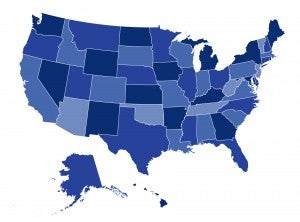
By Sabrina Corlette and Maanasa Kona
In January 2020, the federal government declared a public health emergency (PHE) because of the emerging COVID-19 virus. The government has extended the PHE nine times since, and it is now scheduled to expire in mid-July 2022. Many may celebrate the symbolic end of the pandemic, but the end of the PHE could dramatically reverse recent gains the United States has made in reducing the numbers of uninsured.
As the end of the PHE looms, advocates and government officials are primarily focused on the preparedness of Medicaid agencies, but the Affordable Care Act (ACA) marketplaces will serve as a critical safety net. An estimated one-third of adults who lose Medicaid will be eligible for subsidized coverage through the marketplaces. But whether people understand the coverage options available, apply for premium tax credits, enroll in, and ultimately use their new coverage will depend largely on marketplace officials.
In a new post for the Commonwealth Fund’s To the Point blog, CHIR’s Sabrina Corlette and Maanasa Kona discuss the important role that ACA marketplaces will play in mitigating coverage losses. Their piece identifies basic as well as more innovative strategies marketplaces can adopt to help consumers make a smooth transition to affordable, comprehensive coverage.


1 Trackback or Pingback